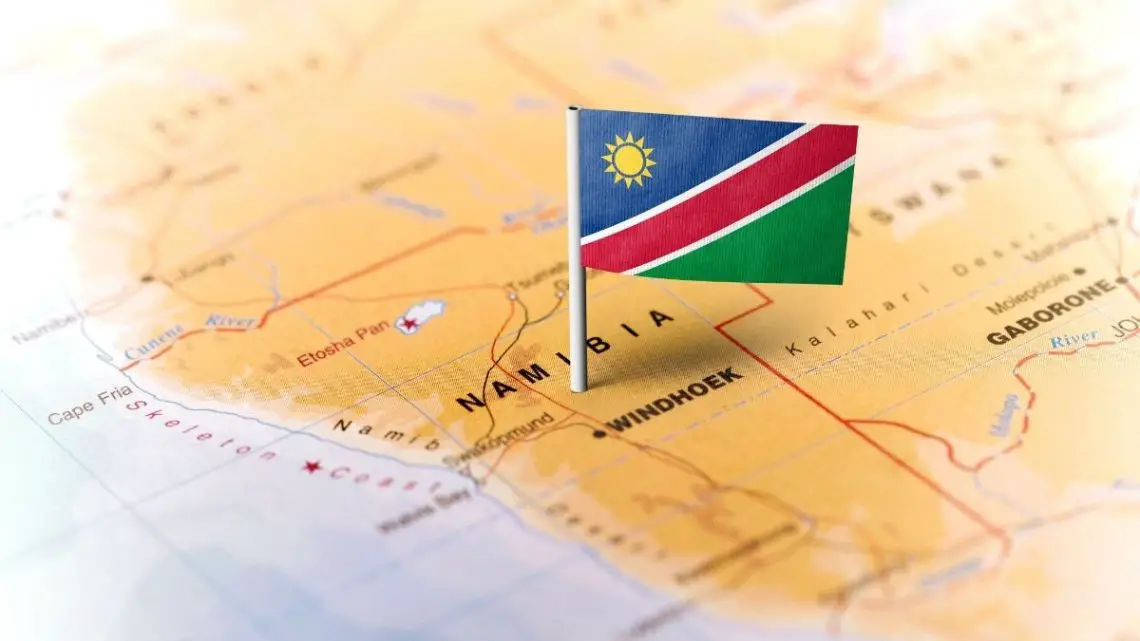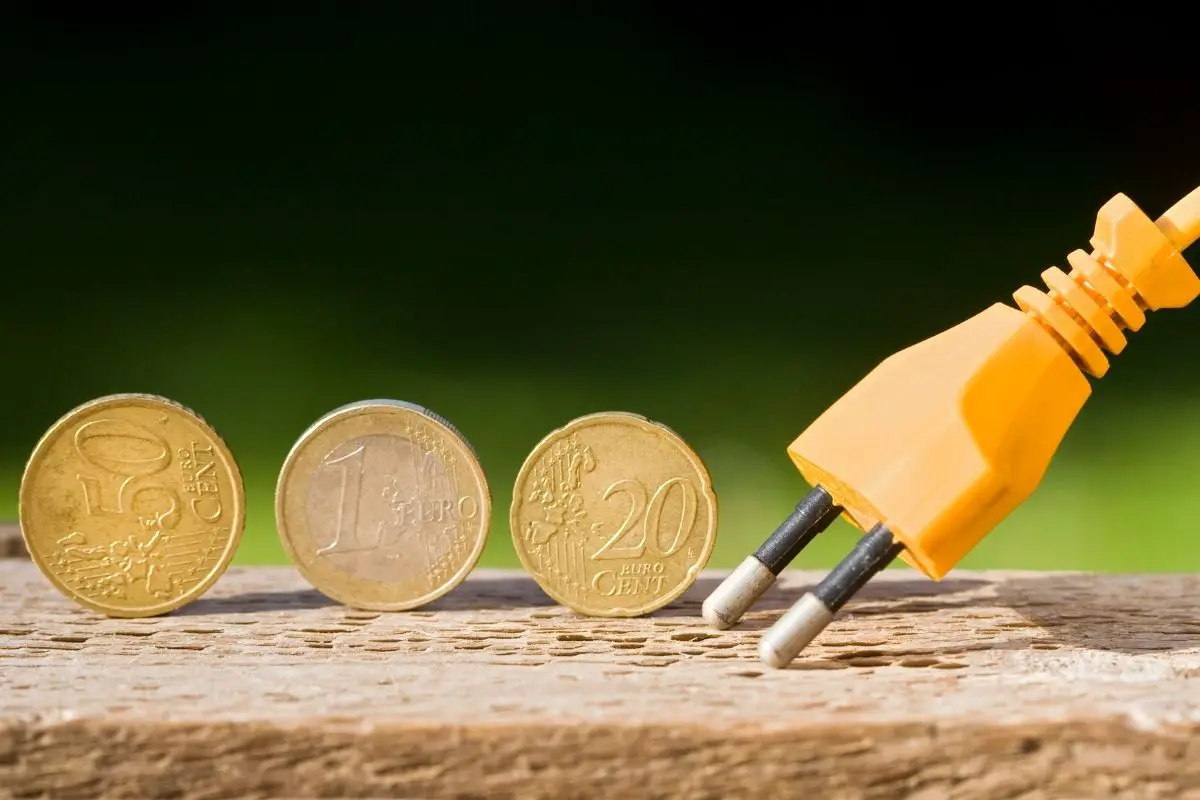
Namibia is building a reputation for the cheapest green hydrogen
September 2, 2021Germany has chosen the Southern African country as a source of the most affordable H2 in the world.
Namibia has been placed in the global renewable energy spotlight as Germany has selected the country as the cheapest green hydrogen supplier.
This has provided Namibia with important attention as it establishes itself in the renewable energy market.
Germany, the largest economy in Europe, has just closed a partnership with Namibia, for a supply of the cheapest green hydrogen. The Southern African country is aiming to produce its H2, made with renewable energy, for prices as low as $1.8/kg. The European nation intends to import massive volumes of what it believes will be the most affordable renewable H2 in the world. It has signed a deal with Namibia that steps up the worldwide scramble to secure the best options for H2 supply connected with substantial renewable installations.
German Science Minister Anja Karliczek and Namibian Planning Commission Head Obeth Kandjoze signed a joint communiqué of intent for the development of Namibia’s massive potential for solar and wind energy and then to expand the green H2 economy there.
Germany will be providing additional funding to help ensure cheapest green hydrogen supply.
Karliczek pledged that the German science ministry will be providing support as high as €40 million ($47 million) as a part of the country’s post-pandemic economic stimulus program.
“There is already a race around the world for the best hydrogen technologies and the best locations for hydrogen production,” said Karliczek. “From our point of view, Namibia has particularly good chances in this competition. We want to use them together.”
This new deal between Germany and Namibia is a component of the European country’s €9 billion ($10.6 billion) national H2 strategy announced in 2020. It also includes €2 billion in added support for green H2 projects in partnerships with other nations around the globe. Germany is pursuing outside sources of the cheapest green hydrogen as it does not expect to be able to achieve the necessary domestic capacity to meet the level it expects its demand to reach. In 2020, it also signed a deal with Australia, to ensure its imports will meet its needs.



 With over 15 years of reporting hydrogen news, we are your premier source for the latest updates and insights in hydrogen and renewable energy.
With over 15 years of reporting hydrogen news, we are your premier source for the latest updates and insights in hydrogen and renewable energy.
If they also could make it colorless as is the case with competition, it would be the winner!
Makes good sense as Namibia was the former German South West African colony before World War I and they have a long Atlantic coast for the bulk hydrogen carriers, probably it will be shipped as liquid ammonia to save space. Germany has started getting 5 North Sea ports ready to import hydrogen as they have to stop importing Russian gas and mining coal, fairly soon. Will the solar capture be PV or solar-thermal that is more efficient?
A brilliant initiative! Hopefully, Africa can become a big player on a level playing field, lift itself out of poverty and fuel Europe’s H2 future.
Hope they’re considering our Technology – SGH2 Energy? For more info fuelcellsafrica.com
Why is Namibia´s so cheap?
If seawater can be used, that should be fine.